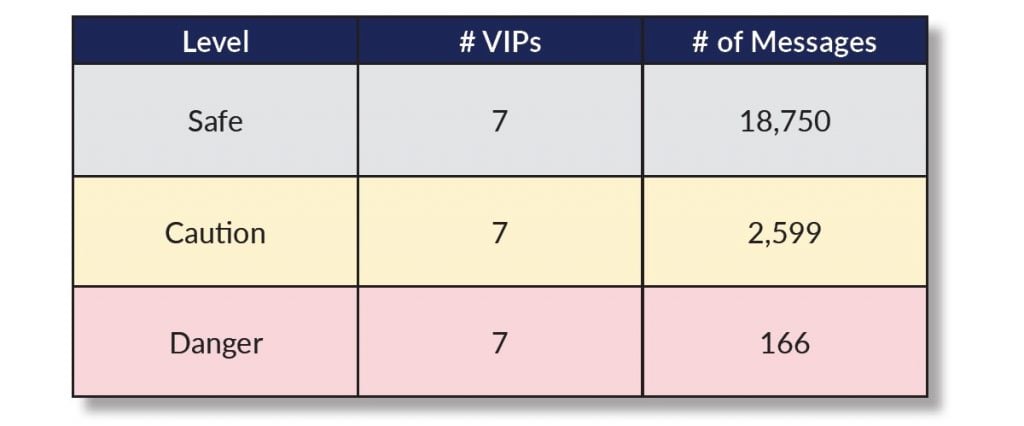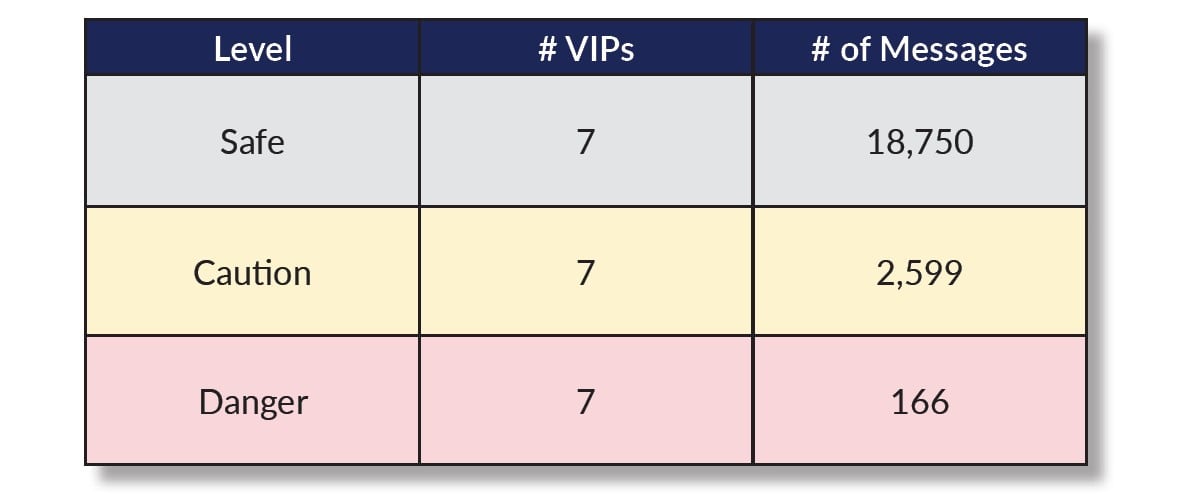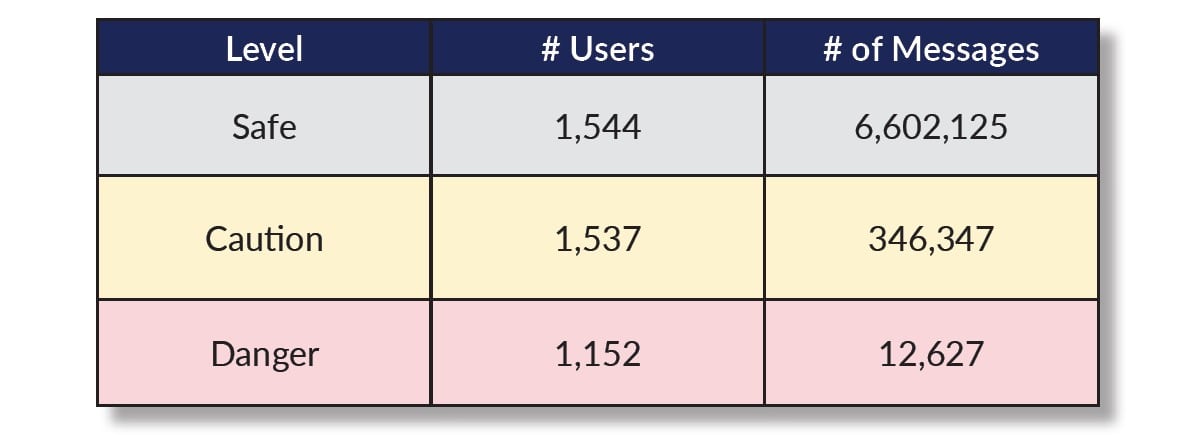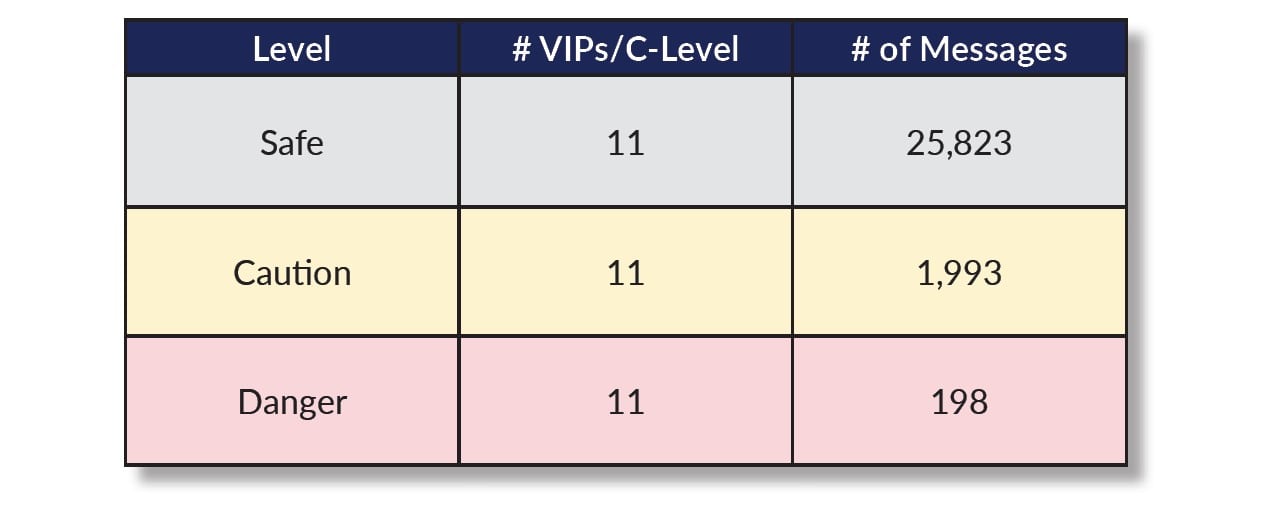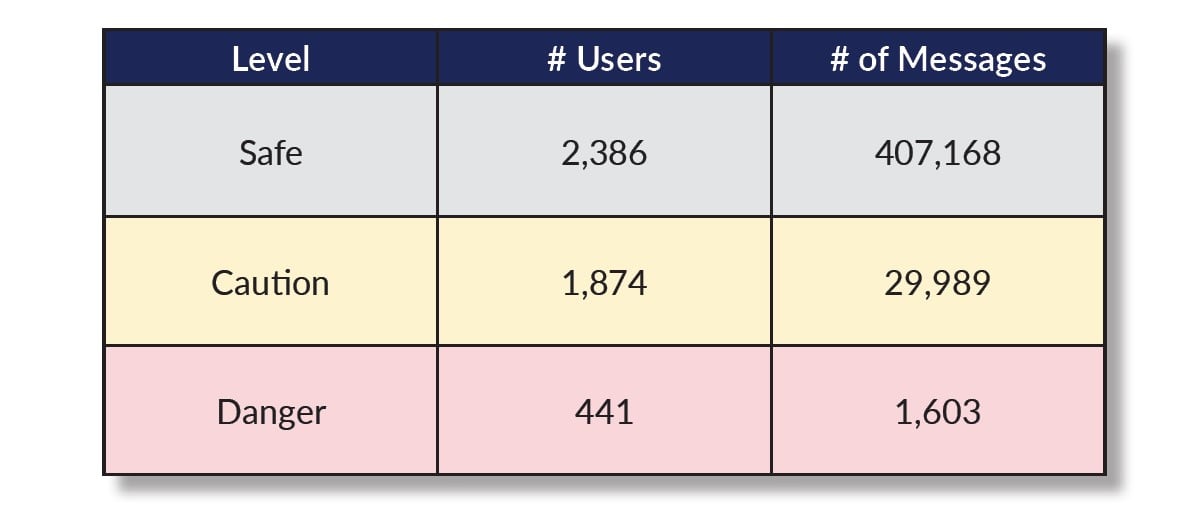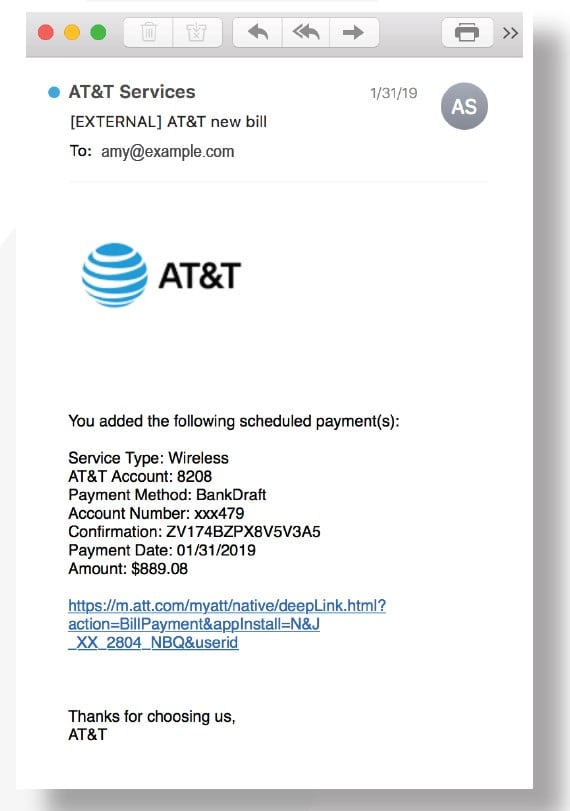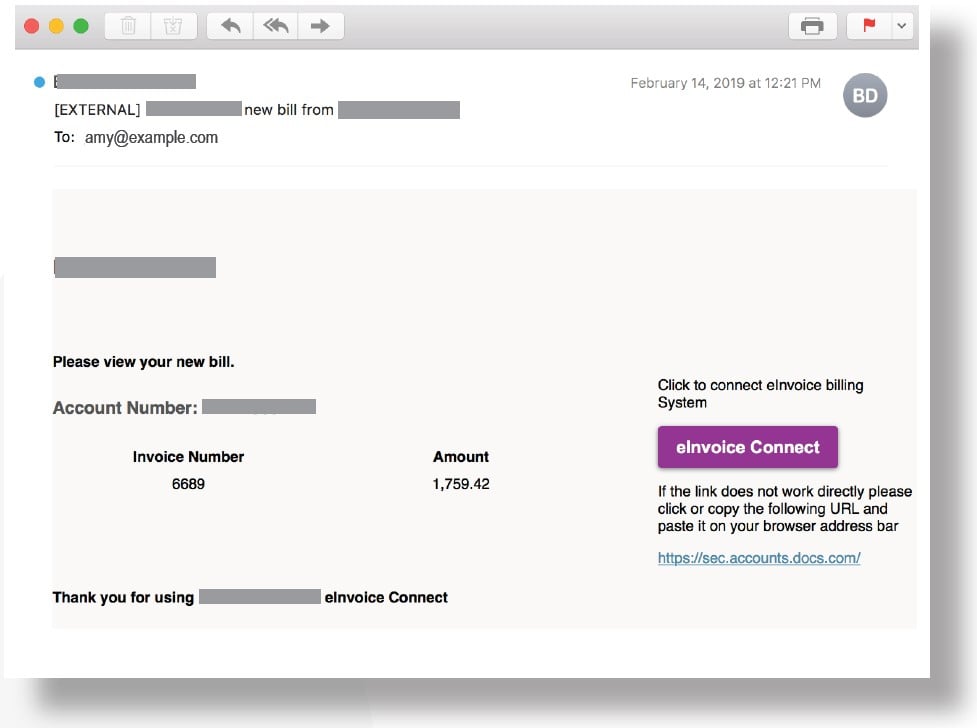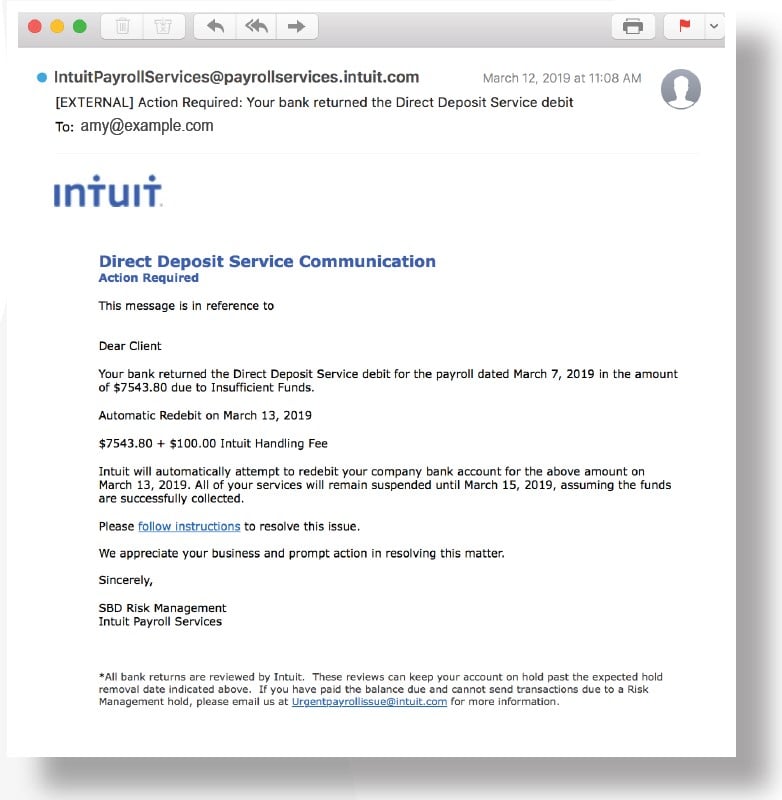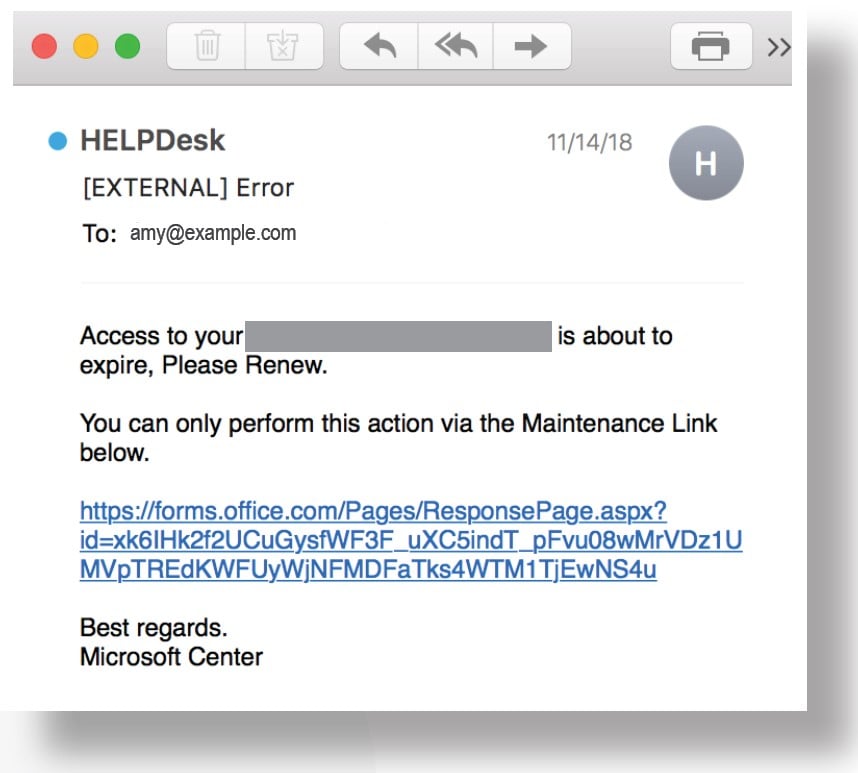Phishing remains the #1 cyber threat — and it’s getting worse. As attacks evolve and losses mount into the billions of dollars annually, organizations seeking a solution are inundated daily with sales pitches from both established incumbent vendors and new upstarts promising phishing cure-alls. Unfortunately, most of these purported solutions do little in practice to reduce the flood of inbound phishing emails.
This report quantifies just how many phishing emails still breach the leading email protection systems, and examines why identifying and blocking these attacks still poses such a challenge.
Q2 hedge fund letters, conference, scoops etc
Background
At INKY, our customer mix affords us a unique perspective; some customers integrate INKY as their sole mail protection system, while others deploy INKY downstream from an incumbent Secure Email Gateway (SEG) as the last line of a layered defense. In either case, INKY can perform some or all of the functions of a SEG: spam, malware, phishing, URL protection, and so on. Uniquely, though, our hybrid customer base gives us visibility into both the broad range of email attacks and precise data on what INKY flags that still passes through legacy SEGs. Stated plainly: we know exactly what INKY blocks that legacy SEGs miss. Throughout 1Q19, with our customers’ permission, we captured statistics measuring this phenomenon, and provide the relevant data in this report. While we won’t name the SEGs here, they are all well-established “Gartner SEG Magic Quadrant” vendors.
Analysis Period: 12/1/18 - 4/9/19 (130 days)
Unlike traditional SEGs, INKY uses a ternary rather than binary classification scheme. This gives end users more insight and understanding, and provides admins flexibility as to which emails to quarantine and which to simply flag with a warning banner. Here are brief descriptions of our three classifications.
Safe
Neutral emails that INKY would normally add a gray banner to; these emails are predicted to be legitimate messages and are considered safe for the end user to act on.
Caution
Emails requiring caution or specific guidance. These may meet specific negative criteria, may simply appear unlike typical mail for the purported sender, or may be legitimate emails containing sensitive content — such as a wire request — requiring a company policy reminder. INKY adds a yellow banner to the top of these emails.
Danger
Emails for which INKY has high confidence of malicious intent, generally via INKY’s computer vision, artificial intelligence, and machine learning engines. We manually verified these to ensure they weren’t false positives. Customers configure whether these emails are delivered with a red banner or are moved to quarantine; INKY supports either behavior.
Customer One / SEG One
VIPs/C-Level:
The first thing we looked at was the C-Suite and “VIPs.” With VIP impersonation so valuable, attackers try hard to compromise VIP email accounts. Customer One has seven VIP email accounts. Here are the stats for these mailboxes:
Customer One’s seven VIPs received 18,750 emails for which INKY and the upstream SEG One concurred that the content was safe and legitimate.
However, INKY flagged an alarming 2,599 emails with yellow caution banners. These numbers suggest that many of the emails had at least some cause for concern — or involved some sensitive content meriting special guidance. Without INKY inline, these emails would have been delivered with no warning or annotation.
Even worse, 166 malicious emails made it into the VIPs’ inboxes. This means that under SEG One alone, VIPs would have been required to self-identify 166 phishing attacks over four months — an annualized rate over 500. And all this while the vendor behind SEG One continues to not only tout but charge extra for their claimed phishing protection.
We next examined all users — not just the VIPs. The good news here is that INKY agreed with SEG One that the vast majority of emails (>87%) were safe and unremarkable. The bad news is that 1,454 users received 128,954 emails that INKY considered to be worthy of the yellow caution banner — a little over 1%. In each case, INKY provided either guidance on sensitive content or specifically warned about something atypical or suspicious. And keep in mind that INKY works at the individual user level, so these yellow caution banners aren’t simple catch-all warnings; they are tailored to each recipient’s personal mail traffic profile.
But obviously the most troubling stat is that 416 users received a total of 2,210 verified-malicious emails that SEG One happily delivered without any warning whatsoever. Think about that: without INKY and only SEG One in place, this customer would have received over 2,000 malicious emails in a four month period!
Customer Two / SEG Two
VIPs/C-Level:
As before, our first goal for Customer Two / SEG Two was to understand the impact of attacks specifically targeting company executives. Again, we tallied INKY’s classification of all emails to these seven recipients that SEG Two allowed through:
INKY agreed with SEG Two that 26,481 emails looked unremarkable. However, in over 6,016 cases, INKY attached a yellow caution banner to an email, and provided the recipient executive with additional guidance on the content of the message, its sender, etc. Further, these executives received a remarkable 519 verified-malicious emails in just 130 days. Without INKY as the protection of last resort, these malicious mails would have been delivered to these executives with no warnings of any kind. Thanks for nothing, SEG Two!
Next, we looked at stats for all users at Company 2. Over six and a half million times INKY and SEG Two reached the same conclusion that the emails were legitimate. However, over 1,500 users received 346,347 messages that INKY flagged as unusual, sensitive, or suspicious — and consequently added a yellow caution banner to.
Again, INKY doesn’t quarantine or remove these yellow emails; instead it delivers them along with additional information the user can use to decide how to treat the email. So users get real-time information and guidance right in their inboxes.
Now look at the Danger category: that SEG Two allowed through 12,627 verifiedmalicious emails to 1,152 users. Without INKY, these would have ended up in users’ inboxes. With INKY they are either moved to quarantine or given red danger banners.
Customer Three / SEG Three
VIPs/C-Level:
For Customer Three / SEG Three, we again isolates the C-suite and VIPs from the broader pool of email users. Let’s examine the stats for these 11 VIP email accounts:
INKY concurred with the legacy platform 25,823 times, with both platforms agreeing that these messages were legitimate. Looking at the yellow caution banner emails, though, we can see that INKY flagged almost 2,000 emails as requiring additional caution and further review; without INKY recipients would receive none of these prompts. Worse, without INKY, 198 phishing emails would have been delivered to these VIPs entirely unmarked.
Finally, here are the numbers for all of the users at Customer Three:
Thankfully, INKY and SEG Three agreed on 407,168 messages; however, the trend of Caution and Danger emails getting through the SEG is again clear: 29,989 emails required a level of caution, while a stunning 1,603 verified-malicious emails made it through SEG Three.
As they say, a picture is worth a thousand words. So here we’ve included a rogues’ gallery of some of the zero-day phish INKY caught among the 16,000 phishing emails detailed above:
What the phish looked like:
In this case, INKY was able to identify that this email was a likely sender forgery and brand impersonation.
What the user saw:
What the phish looked like:
In this O365 example, INKY recognized the link as a route to a known phishing site and warned the recipient. Notice, too, the fake green banner added by the attacker.
What the user saw:
What the phish looked like:
For this invoice payment request, INKY was able to discern that the content of the email was both sensitive and fraudulent.
What the user saw:
What the phish looked like:
INKY saw right through this attacker’s rather convincing attempt to impersonate Intuit.
What the user saw:
What the phish looked like:
The links in this email look legitimate enough that the legacy phishing applications failed to spot them, but INKY recognized them as a clever attempt at Brand Impersonation.
What the user saw:
What the phish looked like:
We’d bet good money that this PayPal forgery is good enough to fool even diligent users of phishing awareness training.
INKY can tell this mail looks like it’s from PayPal — just like the intended victim — but suspects the sending domain is not legitimate for PayPal.
What the user saw:
What the data means:
Just a single phishing attack can cost an organization hundreds of thousands, if not millions, of dollars — and untold IP theft and reputation damage. Yet the three widely-used SEGs we examined here allowed over 16,000 malicious emails through in a four-month period. Fortunately, INKY wasn’t fooled by any of them, because INKY uses new technologies in novel ways to “see” emails much like the human recipients do. So ask yourself:
Can you afford hundreds or even thousands of phishing attacks every year?
Do you still trust your current SEG solution to protect your VIPs and users?
Are you ready to stop phishing attacks once and for all?
Schedule a demo today.
What Makes INKY Best
INKY provides the most comprehensive malware and email phishing protection available. To see INKY’s anti-phishing solution in action, request a demo. Let us show you what a difference it can make.
INKY® Phish Fence uses a proprietary blend of Machine Learning and Artificial Intelligence that blocks even the most sophisticated phishing attacks that get past other systems.
Alerts are added to the email itself, which means they look the same on desktop or mobile. This is a significant difference from other systems, which display warnings in headers or with add-ins that may not render properly, or at all, in mobile applications.
INKY® Phish Fence sits on top of any email system, including Microsoft Office 365 and Google Suite.
INKY® Phish Fence scans every sent and delivered email automatically and flags malicious emails.
A comprehensive dashboard allows admins to see both the bigger pictures and to drill down to specific attacks, individuals, and individual messages. A robust search allows for detailed reporting at the granular level.
It can be set up and ready to go in just a few hours.
Unlike any other anti-phishing systems, INKY® Phish Fence uses proprietary technology and algorithms to “see” each email as the recipient would. Unlike a person, however, it can detect an email forgery and/or malicious or suspicious content. Once detected, it can redirect the email to a quarantine area or deliver it with disabled links and warnings.
Article by Inky
